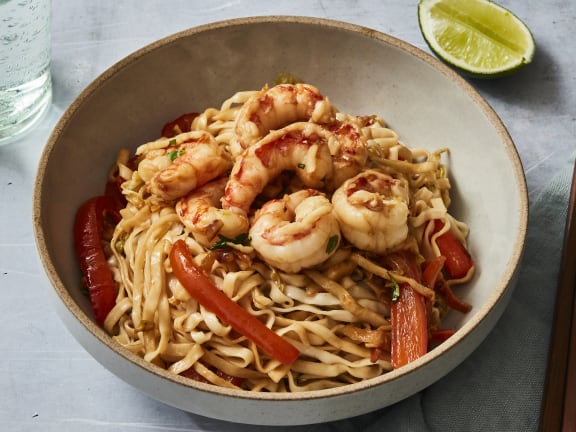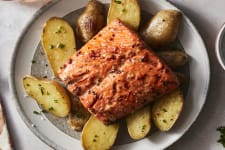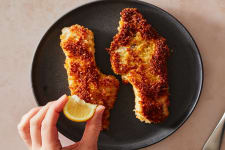
What Are Spot Prawns: A Comprehensive Guide
February 14th, 2020Everything You Need to Know About Alaska Spot Prawns
Spot prawns, also known as spot shrimp, are the largest species of Alaskan shrimp. They’re sometimes referred to as the “lobster of Alaska” for their subtle sweetness and robust bite. Spot prawns are a delicious addition to a variety of dishes, including pastas, stir-fries, or simply tossed in garlic butter.
What Do Spot Prawns Taste Like?
Spot prawns taste sweeter than the average shrimp, with a purity of flavor that comes through even when combined with spices or sauces. They are sometimes attached to bright yellow-orange or even red roe, which have a briny flavor that you would expect from roe.
Are Spot Prawns Sustainable?
Wild Alaskan Company sources spot prawns that are caught with pots that rest on the seafloor, a method of harvest that produces nearly zero bycatch.
Spot prawns sourced by Wild Alaskan are also processed without the addition of any chemical preservatives. They are flash frozen at sea, simply coated in a glaze of seawater to preserve freshness and quality.
This is in contrast to some conventional types of shrimp, which are preserved with chemical treatments like sodium bisulfite, a bleaching agent used by both farmed and wild shrimp fisheries; and sodium tripolyphosphate, which adds water weight to increase both the size and price tag. The addition of sodium tripolyphosphate can produce shellfish with a rubbery texture, and also inhibits a proper sear when cooking.
Prawns vs. Shrimp
The words “prawn” and “shrimp” are often used interchangeably, but there is a biological difference in the gills, claws and body structure. Prawns also tend to be larger in size, and therefore the moniker is sometimes used to describe larger shrimp.
Because spot prawns are the largest species of wild shrimp caught in Alaska, they're commonly referred to as prawns rather than shrimp.
Nutrition Facts
Spot prawns are a lean source of protein, naturally low in fat and calories. They also contain a modest amount of essential nutrients.
Nutrition per 4-ounce serving:
-
Calories: 90 calories
-
Fat: 1.5 grams
-
Protein: 19 grams
-
Calcium: 100 micrograms, or 8% RDI
How to Cook Spot Prawns
Spot prawns cook just like common varieties of shrimp that you can find in your local markets. When cooked perfectly, they are sweet with a pleasant snap. When overcooked, they can become tough.
When using hot cooking methods, spot prawns may only need a few minutes to just cook through, depending on their size. As they cook, they’ll begin to curl — as they begin to curl, this is a good indication that they’re ready or nearly ready to pull from the heat. They vary in size, so it’s important to keep an eye on doneness.
Depending on your preference, you can cook them with or without the shell. Because they’re so delicate, they're a little more difficult to peel than common varieties of shrimp. They’re actually easier to peel before being cooked! If you decide to peel them, you may want to consider saving the shells for stock — the shells have lots of flavor.
Where to Buy Alaskan Spot Prawns
Stock your kitchen with sustainably-harvested spot prawns by sourcing your seafood online from Wild Alaskan Company. You’ll get high-quality, wild-caught seafood delivered straight to your doorstep. Choose your seafood subscription box today.





